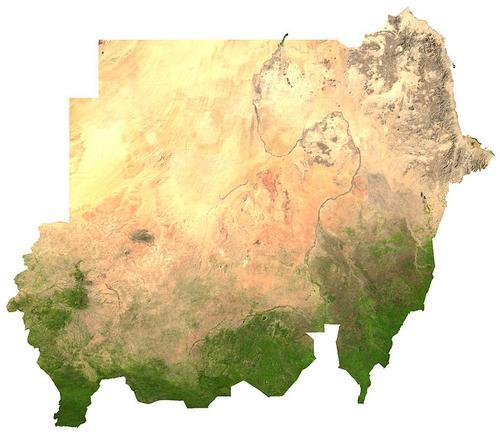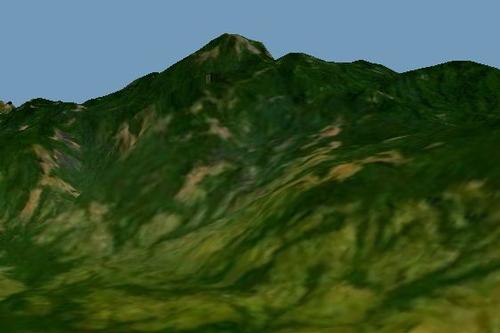SUDAN
Geography and Landscape

Geography and Landscape
| Basic information | |
| Official language | Arabic, English |
| Capital | Khartoum |
| Area | 1.886.068 km² |
| Population | 43,849,260 (2021) |
| Currency | Sudanese pound (SDG) |
| Web | .sd |
| Code. | SDN |
| Tel. | +249 |

Geography and Landscape
Geography
Sudan is located in North Africa and borders Ethiopia, Kenya, Zaire and Uganda to the south. To the west, Sudan borders the Central African Republic and Chad. Egypt and a small part of Libya are Sudan's neighbours to the north. The east of Sudan borders the Red Sea. The surface area of Sudan is 1,861,484 km2.

Landscape
Most of Sudan consists of inhospitable areas such as savannahs, swamps, mountains and deserts and is fairly flat. Along the Red Sea are mountains with an altitude of 2000 metres. Central Sudan consists of the hilly landscape called Kurdufan. In this landscape you will find in the west the plateau of Dafur with a maximum height of 3008 metres. The highest mountain in Sudan is called Kinyeti and is located east of the Nile. This mountain has an altitude of 3187 metres.
 Satellite image of Kinyeti, Sudan's highest mountainPhoto: Public domean
Satellite image of Kinyeti, Sudan's highest mountainPhoto: Public domean
The Nile River is the most important river in the country, as it is in Egypt. In Sudan, this river has a length of about 3500 kilometres.
Climate and Weather
Sudan has different climate zones. The climate is tropical in the south and there is a desert climate in the north. In the north it is dry and towards the south it rains more. However, rainfall is limited to one season in the south. July and August are the months when most precipitation falls. Near the capital Khartoum, there is about a hundred millimetres of precipitation per year. Further south, precipitation increases to about 1600 millimetres per year.
Temperature differences are more extreme in the north than in the south. The temperature in the north of the country can reach 40º C. In the south, the average annual temperature is lower, around 30º C. February and March are the hottest months in southern Sudan.
Plants and Animals
Plants
Sudan has one of the most extensive marshlands in the world - the Sudd marshes. These swamps are located in the north of the country where the tropical rainforests have changed into tropical savannahs and swamps. North of the Sudd Swamps begins an overgrowth of different stiff grasses, acacias and monkey bread trees.
Animals
The various animal species live mainly in the south of the country. Sudan is home to, among others, elephants, lions, hippos, zebras, giraffes, buffaloes, crocodiles and various species of birds. Sudan has a number of endangered species, namely the addax (Mendes antelope) and the East African oryx.
The national bird of Sudan is the secretary bird. National animals are the dromedary and the zebu.
Sources
Elmar Landeninformatie
CIA - World Factbook
BBC - Country Profiles
Copyright: Team The World of Info